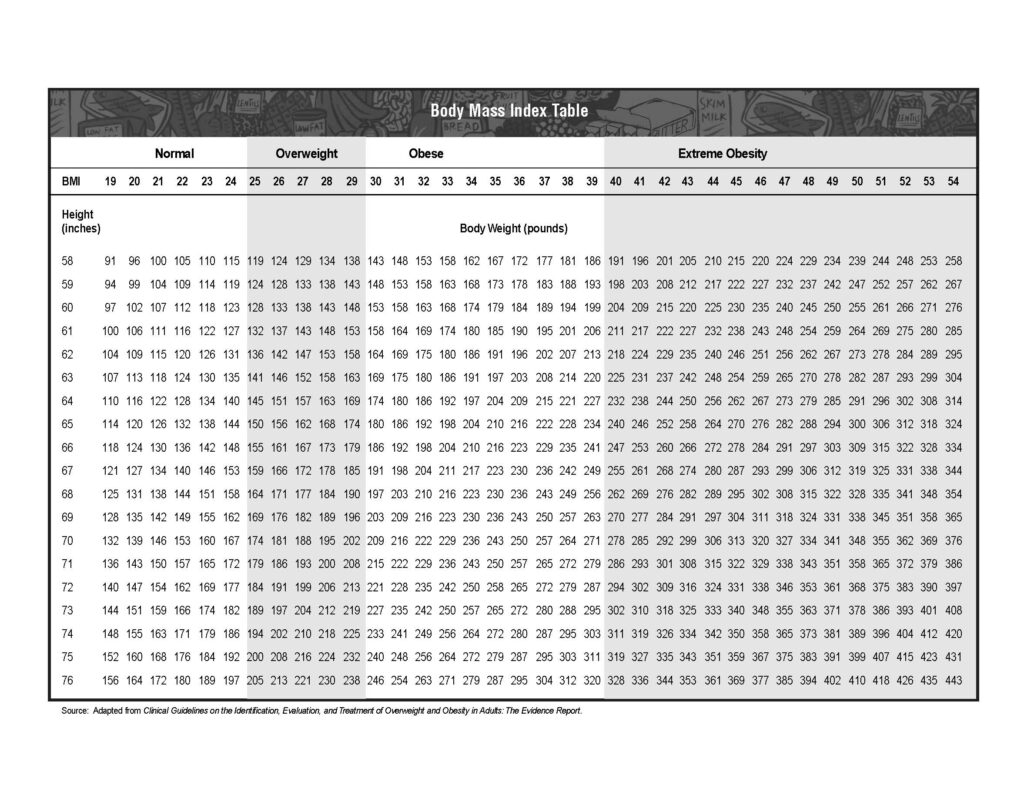No one likes
a high-pressure
situation.
Hypertension, or high blood pressure, can put you at risk for heart disease, heart attack, or stroke. Even if you feel healthy, you could have hypertension because it generally doesn’t cause symptoms.

There’s only one way
to know if you have
hypertension
Get your blood pressure checked. It’s quick and painless. And it could save your life.
Schedule an appointment today to have your blood pressure checked.
Why is blood pressure important to heart health?
Every time you see a health care provider, one of the first things they do is check your blood pressure. And if you’re like most people, the numbers you hear mean absolutely nothing to you. But your “BP” really does matter, as it is one of the most obvious indicators of your risk for heart disease.
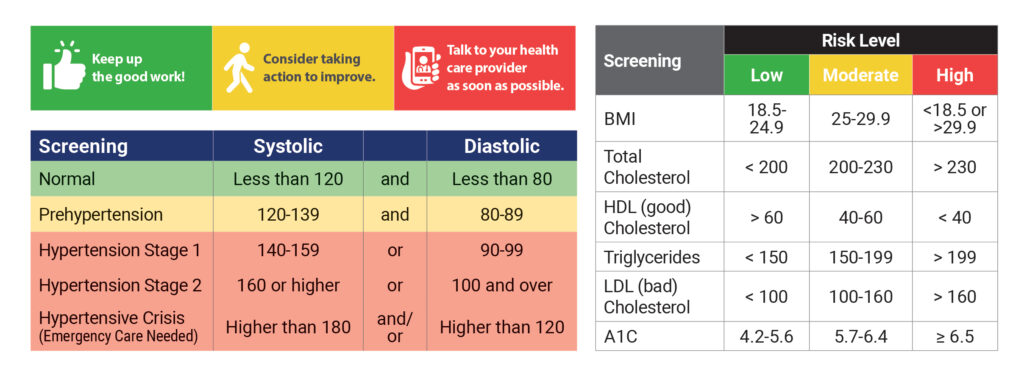
High blood pressure has no symptoms. In fact, many types of heart disease don’t. So, the only way to know your risk is to have regular blood pressure checks – which is why it’s taken at every appointment.
How do you know if you’re experiencing a heart attack? It’s important to know the symptoms so you can take action immediately for yourself or someone else.

SYMPTOMS IN WOMEN

SYMPTOMS IN MEN
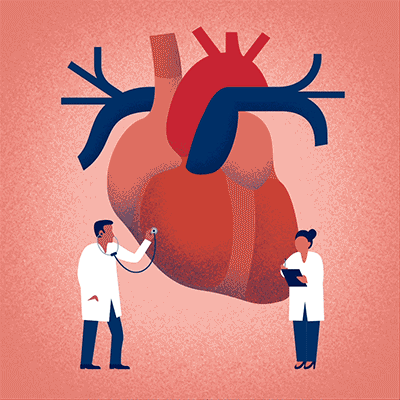
The average heart is the size of your two hands clasped together.
Your heart pumps about 2,000 gallons of blood every day.
Every cell in the body gets blood from the heart, except for the corneas.
More heart attacks happen on a Monday than any other day of the week.
Your heart beats over 100,000 times per day.
During exercise, your heart beats faster so that more blood gets out to your body.
Your heart is a vital organ. It is a muscle that pumps blood to all parts of your body. The blood pumped by your heart provides your body with the oxygen and nutrients it needs to function.
Click on the hearts in the image to learn some fun facts about the heart.
WHAT CAN YOU DO TO PREVENT HEART DISEASE
If you have questions about your heart health, log in to MyChart or call your QuadMed health center to make an appointment.
Happens when the arteries in the heart are narrowed or blocked. It’s the most common kind of heart disease and causes most heart attacks as well as chest pain.
Typically caused by heart attack or high blood pressure, heart failure develops after the heart is damaged or weakened. There is no cure, but risk can be managed through lifestyle changes.
Heart rhythm disorders, or arrhythmias, cause the heart to beat irregularly – either too slowly, too quicky or in a disorganized fashion. Often have no symptoms or warning signs.
Occurs when one or more of the heart’s four valves are no longer able to open or close properly, causing blood flow to the heart to become disrupted.
Occurs when the flow of blood to the heart is blocked. This blockage is often due to a buildup of fat, cholesterol and other substances which form plaque in the arteries that feed the heart.
More commonly referred to as high blood pressure, hypertension occurs when the force of blood against the artery walls is too high, which can cause heart disease and stroke.

MyChart allows you to schedule and start a virtual visit with a QuadMed health care provider. It also provides additional features that help you to manage your health completely online.
Click the buttons below to log in or to sign up
if you don’t already have an account.
Download the MyChart app!
Here are the QuadMed Everywhere doctors available in your state!

Carrie Hofstad, PA-C
Virtual Primary Care Provider
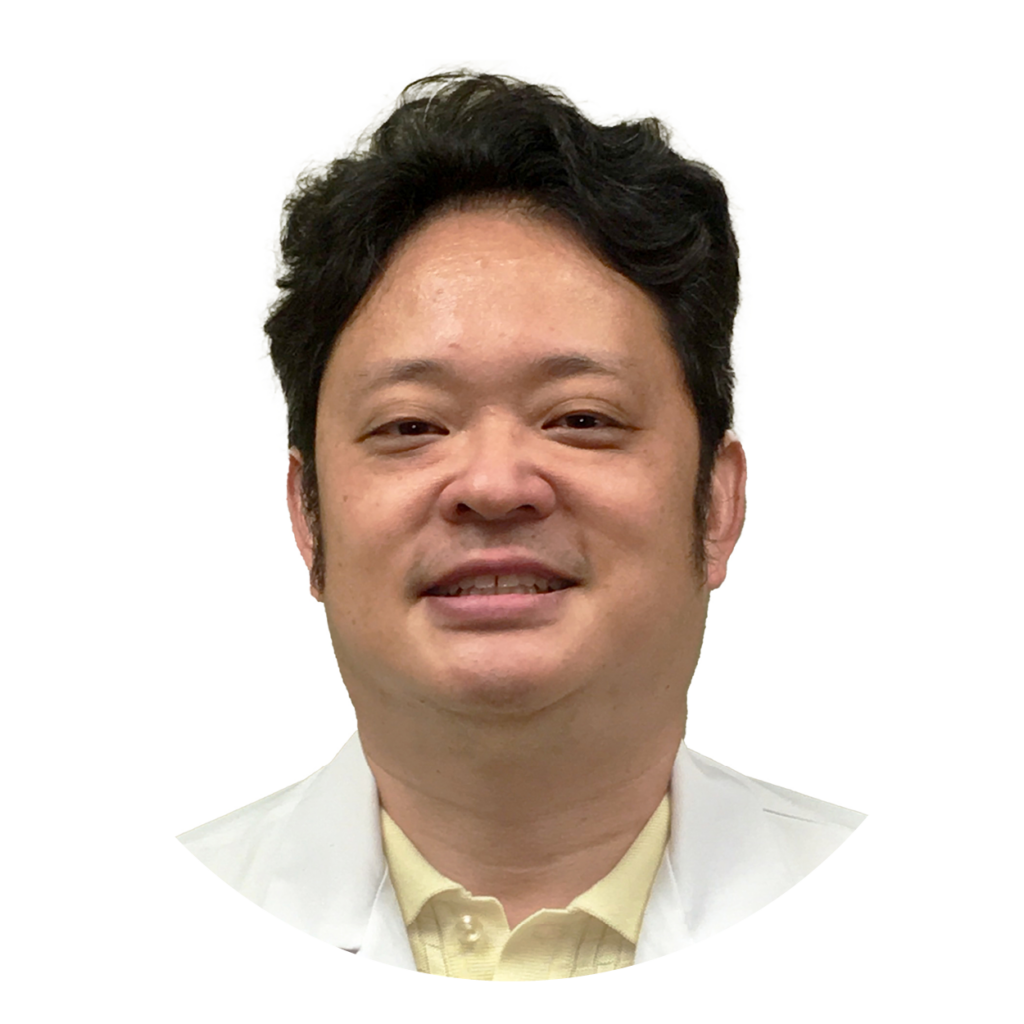
Dr. Gerald Maesaka
Virtual Primary Care Provider
Monday through Friday
8 a.m. to 5 p.m.
Established patients can also reach a provider 24/7
for follow-up questions from a previous visit.
There are two ways to schedule.
Looking to learn more or need help getting started?
Call us to schedule a no-cost virtual orientation!
1.800.888.8932
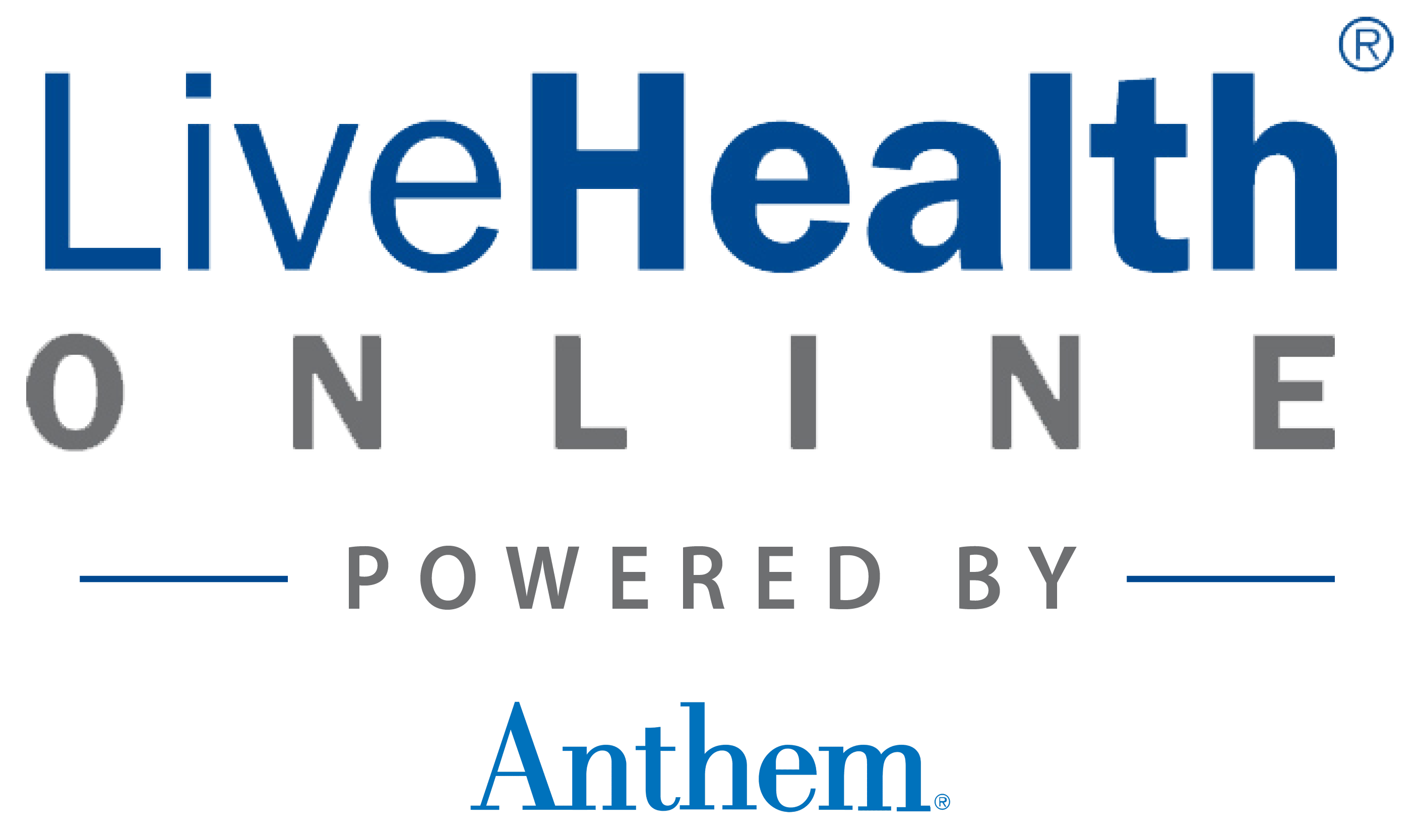
Powered by Anthem, Live Health Online is also available
for any new, after-hour virtual care needs.
Here are the QuadMed Everywhere doctors available in your state!
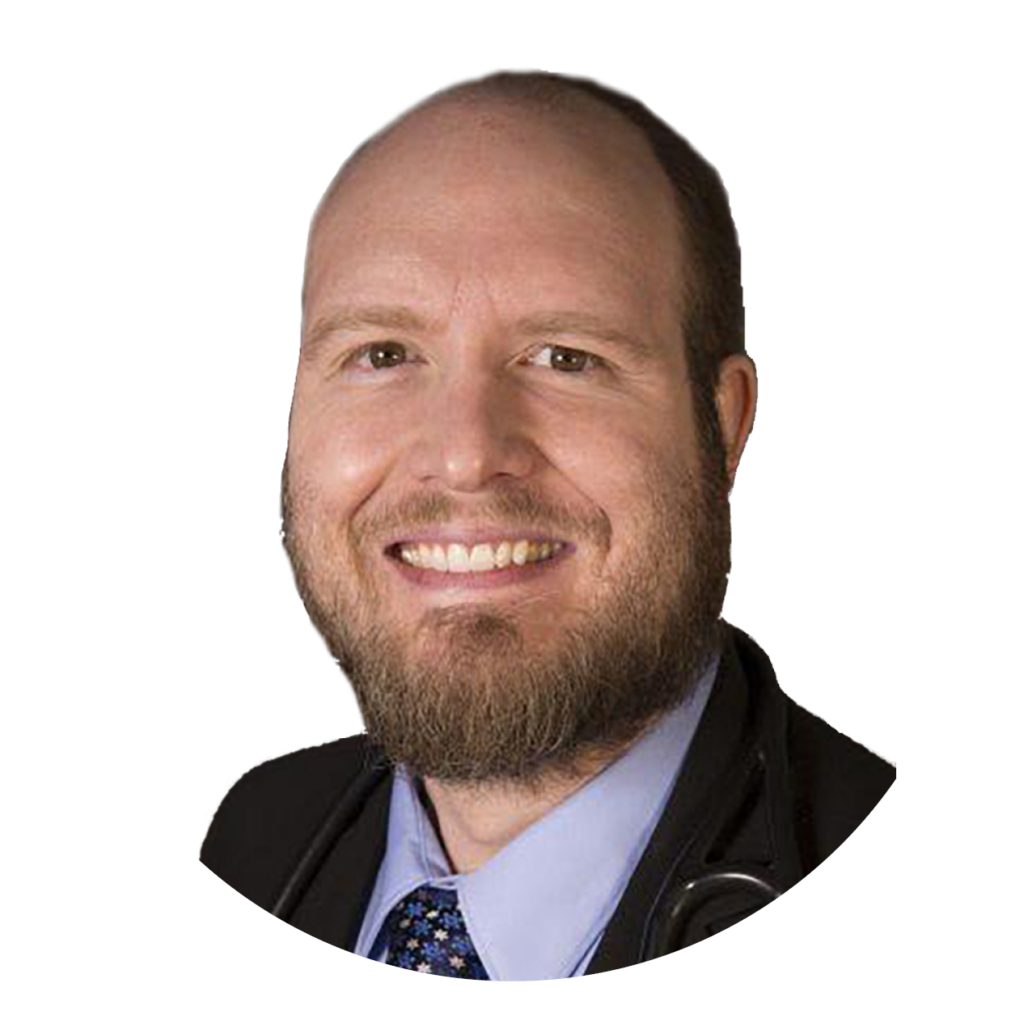
Dr. Brigg Barsness
Virtual Primary Care Provider

Dr. Gerald Maesaka
Virtual Primary Care Provider
Monday through Friday
8 a.m. to 5 p.m.
Established patients can also reach a provider 24/7
for follow-up questions from a previous visit.
There are two ways to schedule.
Looking to learn more or need help getting started?
Call us to schedule a no-cost virtual orientation!
1.800.888.8932

Powered by Anthem, Live Health Online is also available
for any new, after-hour virtual care needs.
Here are the QuadMed Everywhere doctors available in your state!

Dr. Brigg Barsness
Virtual Primary Care Provider

Carrie Hofstad, PA-C
Virtual Primary Care Provider
Monday through Friday
8 a.m. to 5 p.m.
Established patients can also reach a provider 24/7
for follow-up questions from a previous visit.
There are two ways to schedule.
Looking to learn more or need help getting started?
Call us to schedule a no-cost virtual orientation!
1.800.888.8932

Powered by Anthem, Live Health Online is also available
for any new, after-hour virtual care needs.
Here are the QuadMed Everywhere doctors available in your state!

Dr. Brigg Barsness
Virtual Primary Care Provider

Carrie Hofstad, PA-C
Virtual Primary Care Provider

Dr. Gerald Maesaka
Virtual Primary Care Provider
Monday through Friday
8 a.m. to 5 p.m.
Established patients can also reach a provider 24/7
for follow-up questions from a previous visit.
There are two ways to schedule.
Looking to learn more or need help getting started?
Call us to schedule a no-cost virtual orientation!
1.800.888.8932

Powered by Anthem, Live Health Online is also available
for any new, after-hour virtual care needs.
QuadMed Everywhere is not currently available in your state, but is coming soon!
We’re working to bring QuadMed Everywhere to all 50 states.
Check back soon to see if your state has access.

Good news! QuadMed Everywhere is available in your state!
Monday through Friday
8 a.m. to 5 p.m.
Established patients can also reach a provider 24/7
for follow-up questions from a previous visit.
There are two ways to schedule.
Looking to learn more or need help getting started?
Call us to schedule a no-cost virtual orientation!
1.800.888.8932

QuadMed Everywhere will be available
in your state beginning Friday, March 1!
Scheduling and patient care will open on March 1.
Check back in February to schedule your first appointment!
In the meantime, Live Health Online powered by Anthem provides eligible Quad employees and families with access to 24/7 virtual care services.
QuadMed Everywhere will be available in your state beginning Friday, September 1!
Scheduling and patient care will open on Friday, September 1.
Check back then to schedule your first appointment!
In the meantime, Live Health Online powered by Anthem provides eligible Quad employees and families with access to 24/7 virtual care services.
Good news! There’s a QuadMed licensed therapist in your state!
Call the Emotional Support Connection to schedule an appointment.

Carrie Hofstad, LSC
Licensed Therapist
QuadMed Everywhere is not currently available in your state, but is coming soon!
We’re working to bring QuadMed Everywhere to all 50 states.
Check back soon to see if your state has access.
In the meantime, Live Health Online powered by Anthem provides eligible Quad employees and families with access to 24/7 virtual care services.
Good news! QuadMed Everywhere is available in your state!
Monday through Friday
8 a.m. to 5 p.m.
Established patients can also reach a provider 24/7
for follow-up questions from a previous visit.
There are two ways to schedule.
Looking to learn more or need help getting started?
Call us to schedule a no-cost virtual orientation!
1.800.888.8932

Powered by Anthem, Live Health Online is also available
for any new, after-hour virtual care needs.
